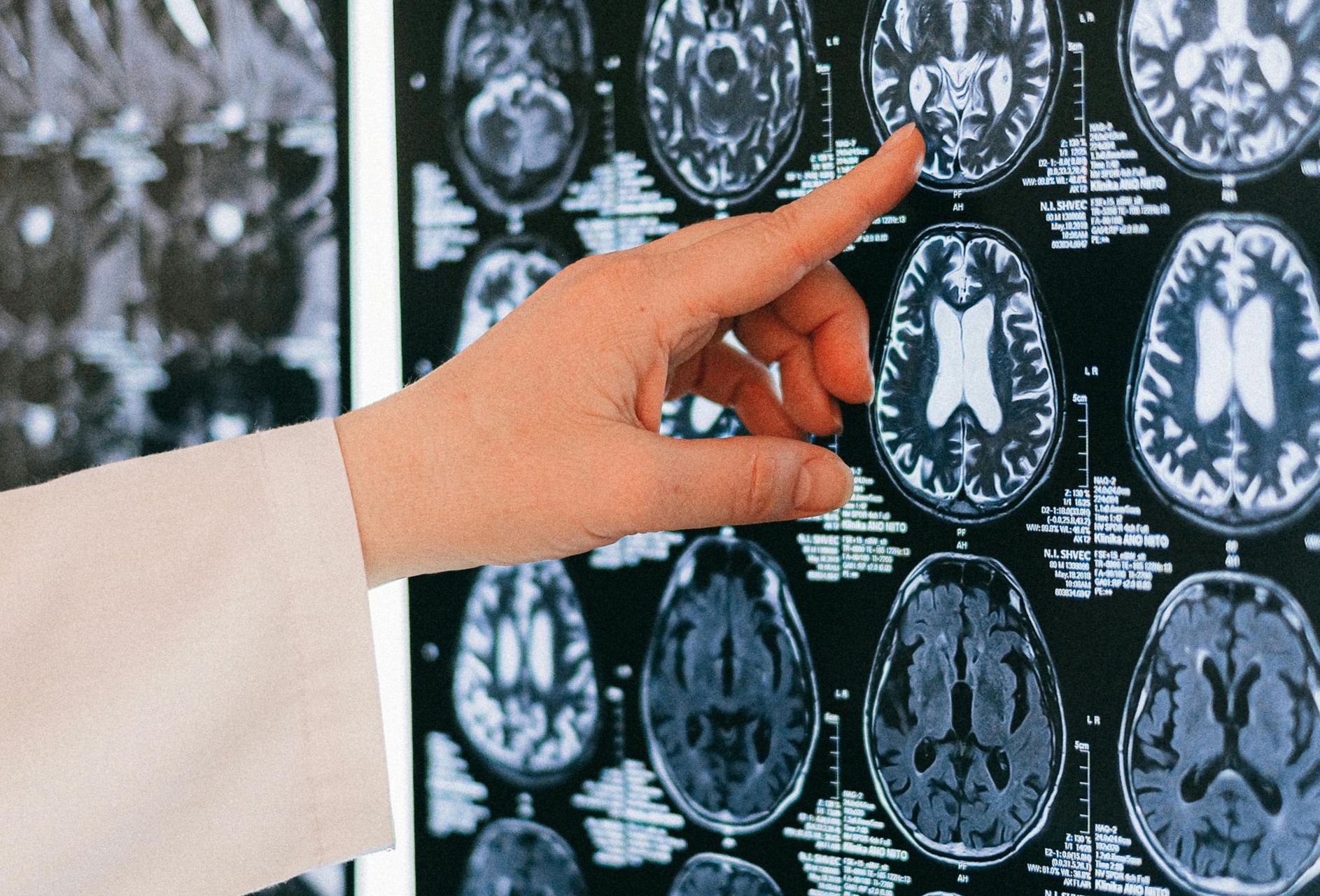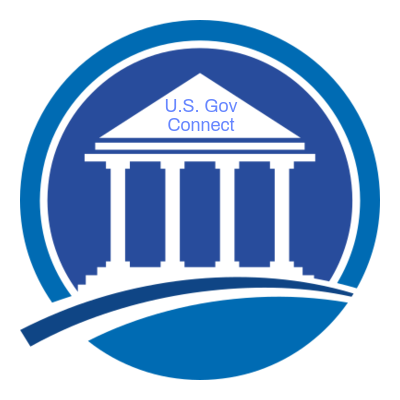A heart attack, also known as a myocardial infarction, happens when the flow of blood that brings oxygen to a part of your heart muscle suddenly becomes blocked.
This interruption in blood flow can cause serious damage to the heart tissue and can even be life-threatening if not treated immediately.
Understanding the causes, symptoms, and treatment options for a heart attack is crucial in order to protect your heart health and seek prompt medical attention when needed.
A heart attack occurs when there is a blockage in one of the coronary arteries, which are responsible for supplying oxygen-rich blood to the heart muscle. The most common cause of this blockage is a buildup of fatty deposits called plaque on the walls of the arteries. Over time, these deposits can rupture, leading to the formation of a blood clot that obstructs blood flow.
Other factors that can increase the risk of a heart attack include smoking, high blood pressure, high cholesterol levels, obesity, diabetes, sedentary lifestyle, family history of heart disease, and age (older adults are more at risk).










